
News • HHV awaken via microRNA
Why herpes keeps coming back
Dormant herpesviruses induce their reactivation via a previously unknown cellular mechanism mediated by a viral microRNA, Würzburg researchers discovered.

Dormant herpesviruses induce their reactivation via a previously unknown cellular mechanism mediated by a viral microRNA, Würzburg researchers discovered.
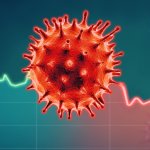
In 2020 and 2021, the death toll associated with Covid-19 was approximately 14.9 million, according to the World Health Organization. However, the global distribution has been far from equal.

Cognitive impairment as a result of severe Covid-19 is similar to that sustained between 50 and 70 years of age and is the equivalent to losing 10 IQ points, scientists found.

Six in ten people with Covid-19 still have at least one symptom a year later, a new study has found. Furthermore, symptoms that don’t clear up after 15 weeks are likely to last at least a year.

Using mass spectrometry and chromatography techniques, UK researchers have developed an approach to predict infection severity among Covid-19 patients, as well as potential outcomes.

A global analysis of nearly 6 million Covid-19 deaths finds an increase in mortality at weekends compared to weekdays. Bureaucratic and reporting delays alone do not explain this, researchers report.

Accurate home testing could be used for a wider range of illnesses, as new research shows the capability of smartphone-powered tests for Dengue Fever.
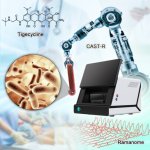
When treating acute infections, health care providers must quickly identify the best antibiotics for fighting the infection. An automated system provides swift, accurate results for determining the best antibiotics at the right dose.
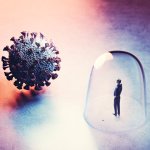
By comparing the infectious viral load caused by ancestral SARS-CoV-2 as well as by the Delta and Omicron variants, scientists highlight the benefits of vaccination.
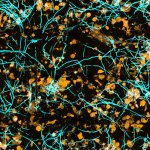
A chip-based infection model developed by Jena researchers enables live microscopic observation of damage to lung tissue caused by the invasive fungal infection aspergillosis.

A new study enables developers to determine vaccine safety via smart sensors that measure objective physiological parameters. This could end the reliance on subjective reports of study participants.

The COVID-19 testing device can detect coronavirus infection in as little as 30 seconds as sensitively and accurately as a PCR test.
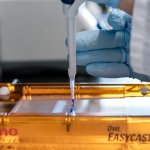
A platform for studying how the human immune system responds to hepatitis C infection by combining microfluidic technology with liver organoids could speed the hunt for a vaccine.

The new 3D-printable mask design promises easy breathing for users while maintaining similar levels of protection against pathogens found in N95 and surgical masks.

Combining questions about a person's health with data from smartwatch sensors, a new app can predict within minutes whether someone is infected with COVID-19.
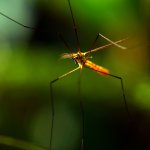
COVID-19 measures such as school closures and ‘high-traffic and mixing’ areas had the strongest association, providing clues for new intervention approaches.

A newly discovered structure of chain-mail may explain the success of C.difficile at defending itself against antibiotics and immune system molecules.
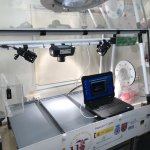
The tool has made it possible to detect SARS-CoV-2 in exudate from symptomatic patients with a sensitivity of 100% and a specificity of 87.5%

A new kind of bone implant reduces the chance of infection, and therefore significantly decreases implant failure rates.
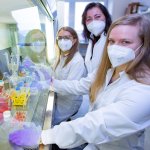
A new study offers hope against liver cancer: A vaccine proved to be safe and effective protection in premalignant and malignant liver diseases in preclinical mouse models.

Is the Underground a safe means of transport in times of Covid-19? A computer simulation, developed at the University of Leeds, has calculated the infection risk.
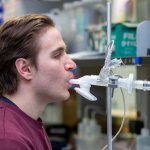
Scientists have confirmed that an inhaled form of COVID vaccine can provide broad, long-lasting protection against the original strain of SARS-CoV-2 and variants of concern.

Researchers have developed an inexpensive, non-toxic coating for almost any fabric that decreases the infectivity of the virus that causes COVID-19 by up to 90 per cent.

Periprosthetic joint infection (PJI) can be an enormous challenge for orthopaedists and trauma surgeons. Antibiotic-loaded bone cement is an important element in a prevention strategy.

Researchers from Auckland have uncovered a link between the sharpness of surgical tools such as scalpels and the risk of post-surgery infection.